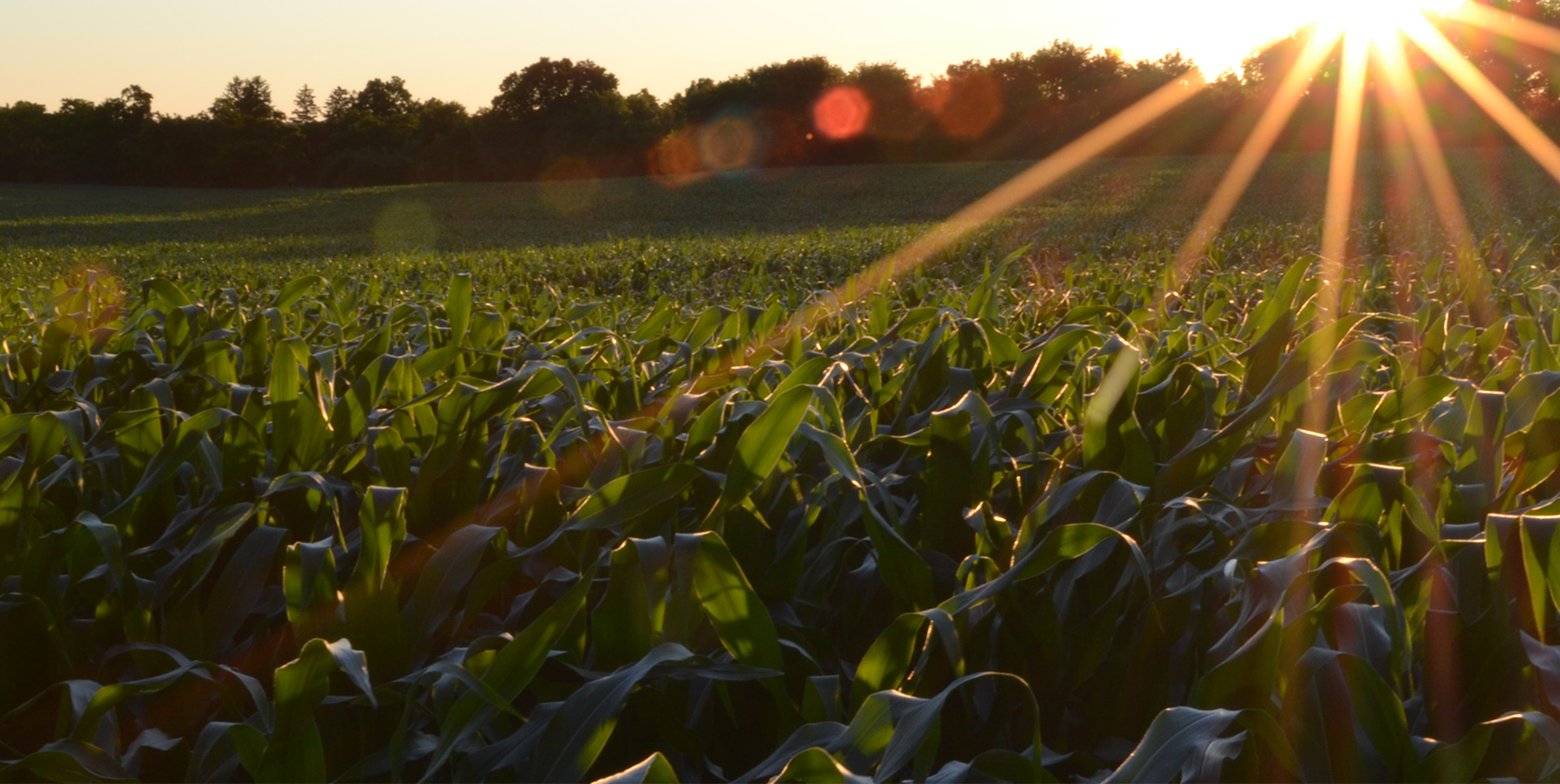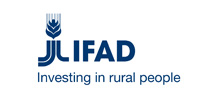A weed plant is an unwanted plant that grows among and competes with crops for water, air, sunlight, nutrients and space. The removal of such plants from fields – known as ‘weeding’ - is vital to enhancing crop growth. They can be removed by cutting their roots either by hand or using an implement such as a hoe. Some cereal crops like rice and maize attract weeds that are herbicide resistant; hence, the use of a hoe in removing the weeds is the most effective practice. However, as mechanic weeding can result in release of weed seeds into the soils as the hoe makes contact with the plant, weeding by-hand is the best way for weed removal to prevent weed seeds from falling onto the ground for further germination; this can increase the labour intensity of weeding considerably. This is a climate smart practice as it mitigates the emission of greenhouse gases from herbicides into the atmosphere, land and water systems. Furthermore, weeding helps maintain sustainable agricultural productivity, when considered an integral part of farm management and operations. However, weeding has been identified as one of the largest labour inputs for subsistence agriculture, accounting for between 30 and 50 % of on-farm labour requirements.
To effectively implement mechanical weeding:
- Step 1: Farmers should be able to identify weeds resistance to herbicides.
- Step 2: Examine fields to understand level of weed infestation – can they be easily and effectively removed using a hoe, without spreading seeds, or will manual weeding be necessary.
- Step 3: Attempt to quantify the amount of labour needed. Can the work be completed by the adults on the farm, or will additional labour be required? Will youths be involved in weeding? Will they miss school?
- Step 4: Begin removal of weeds, ensuring that weeds are uprooted and removed from the field to avoid regeneration. A hoe must have a long handle to be able to work effectively and the hoe blade must not be too sharp in order to cut weeds without going through crops and spreading seed and cuttings.
- Step 5: Weeding should take place a minimum of three times over the growing season – one week before planting crops, three weeks after planting (when the crop has two to three leaves), and two months after planting (milk-stage ). The aim is to reduce or eliminate the product of seeds in the weed plants.
- Step 6: Draft animal-drawn cultivators can reduce labour requirements but should only be used to cultivate soil to a shallow depth, retaining soil structure, but not disturbing soil. Weeds should be collected by hand afterwards. Deeper tilling or turning of the soil with the wrong implement may cause more harm than good.
- Step 7: Weeding must be sustained year on year to reduce prevalence. It is important to caution farmers that results may not be seen in significant reduction of plants until year-two of a weeding programme.
- Step 8: Obnoxious weeds – such as Striga, etc – should be burned once pulled, preferably away from the field, in order to eradicate their presence.
- The Food and Agriculture Organisation (FAO), 2003. Weed Management for Developing Countries. Rome, Italy.
- The Food and Agriculture Organisation (FAO), 2015. Crops, Weeds and Pollinators Understanding Ecological Interaction for better Management. Rome, Italy.
- Lee, N. & Thierfelder, C. 2017. Weed control under conservation agriculture in dryland smallholder farming systems of southern Africa. A review. Agron. Sustain. Dev. 37: 48.
Benefits
- Weeding can reduce competition for crops in terms of water, air, sunlight, nutrients and space, making a crop more productive.
- Weeding is cheaper than the use of herbicides.
- Weeding by hand or hoe reduces the use of chemicals however, it is as effective as using herbicides.
- Some weeds produce noxious gases which can have negative impacts on crop growth.
Drawbacks
- Some of the cereal crops attract weeds that are resistant to herbicides.
- Manual and mechanical weeding can be physically demanding and may require additional labour resources for larger fields.
- Manual weeding requires approximately 25 % more labour than using herbicides.






